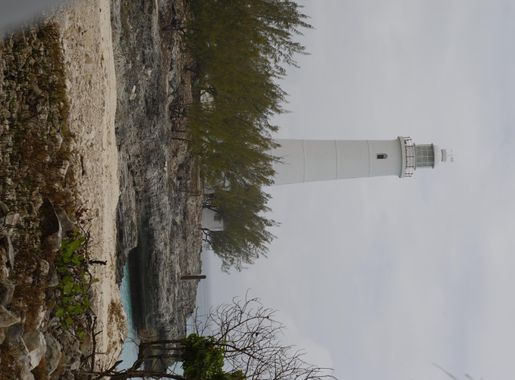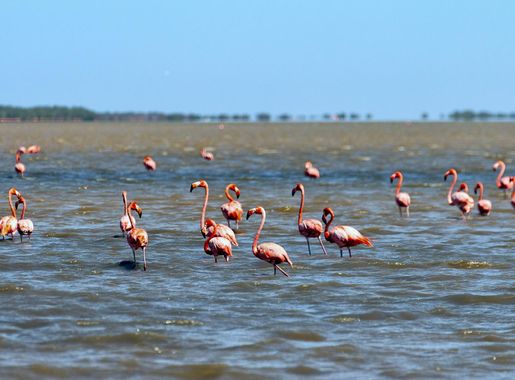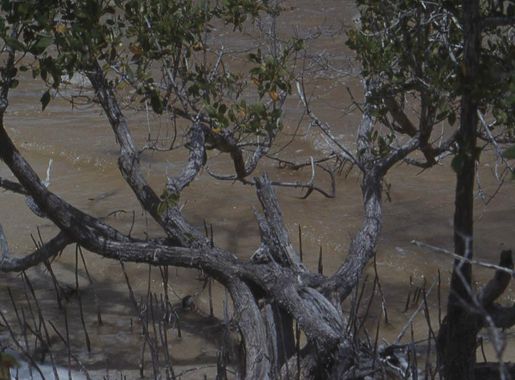
Inagua Islands: The Untamed Paradise of The Bahamas
Discover Inagua Islands: A pristine paradise in The Bahamas, home to vibrant wildlife, untouched landscapes, and rich cultural heritage.
The Inagua Islands, situated in the southernmost part of The Bahamas, are a hidden gem for nature lovers and adventure seekers. Comprising Great Inagua and Little Inagua, these islands are renowned for their pristine natural beauty, vibrant wildlife, and tranquil environment. Great Inagua, the larger of the two, is home to the Inagua National Park, a vast sanctuary that is a haven for birdwatchers. The park houses over 80,000 West Indian flamingos, the national bird of The Bahamas, along with many other rare species of birds and animals. The island's salt ponds and crystal-clear waters add to its unspoiled charm. Little Inagua, the smaller and uninhabited island, presents a unique opportunity for those seeking solitude and untouched landscapes. It is surrounded by coral reefs teeming with marine life, making it a perfect spot for snorkeling and diving. The absence of human activity has allowed the flora and fauna to flourish undisturbed, offering a glimpse of nature in its purest form. The Inagua Islands are not just about wildlife and natural beauty; they also have a rich cultural heritage. The residents of Great Inagua are known for their warm hospitality and are always eager to share stories about their island's history and traditions. The local cuisine, heavily influenced by the sea, offers a delightful culinary experience. Fresh seafood, particularly conch and lobster, are must-tries when visiting the islands.
Local tips in Inagua Islands
- Bring binoculars for birdwatching at Inagua National Park.
- Pack reef-safe sunscreen to protect the coral reefs while snorkeling or diving.
- Try the local seafood, especially conch and lobster.
- Carry cash, as card facilities may be limited on the islands.
- Visit during the dry season, from November to April, for the best weather.
Inagua Islands: The Untamed Paradise of The Bahamas
The Inagua Islands, situated in the southernmost part of The Bahamas, are a hidden gem for nature lovers and adventure seekers. Comprising Great Inagua and Little Inagua, these islands are renowned for their pristine natural beauty, vibrant wildlife, and tranquil environment. Great Inagua, the larger of the two, is home to the Inagua National Park, a vast sanctuary that is a haven for birdwatchers. The park houses over 80,000 West Indian flamingos, the national bird of The Bahamas, along with many other rare species of birds and animals. The island's salt ponds and crystal-clear waters add to its unspoiled charm. Little Inagua, the smaller and uninhabited island, presents a unique opportunity for those seeking solitude and untouched landscapes. It is surrounded by coral reefs teeming with marine life, making it a perfect spot for snorkeling and diving. The absence of human activity has allowed the flora and fauna to flourish undisturbed, offering a glimpse of nature in its purest form. The Inagua Islands are not just about wildlife and natural beauty; they also have a rich cultural heritage. The residents of Great Inagua are known for their warm hospitality and are always eager to share stories about their island's history and traditions. The local cuisine, heavily influenced by the sea, offers a delightful culinary experience. Fresh seafood, particularly conch and lobster, are must-tries when visiting the islands.
When is the best time to go to Inagua Islands?
Iconic landmarks you can’t miss
S Sin L
Experience the vibrant flavors of local cuisine at S Sin L, a top grill restaurant in Matthew Town, perfect for tourists and locals alike.
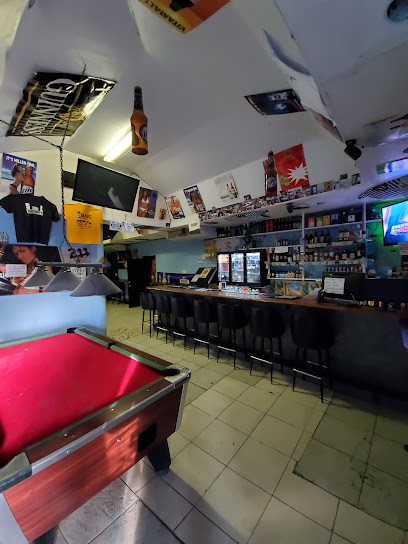
Great Inagua Lighthouse
Discover the historic Great Inagua Lighthouse, a stunning landmark in the Bahamas that offers breathtaking views and a glimpse into maritime heritage.
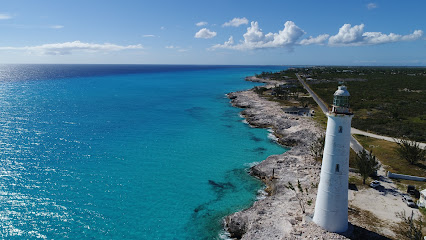
Little Inagua Island
Explore the pristine paradise of Little Inagua Island, a hidden gem in the Bahamas known for its stunning beaches and rich wildlife.
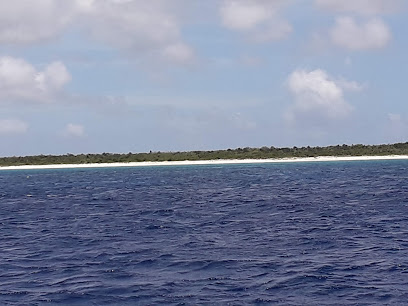
Morton Salt, Great Inagua
Explore the unique charm of Morton Salt on Great Inagua, where industrial heritage meets breathtaking natural beauty in the Bahamas.

Great Inagua Outback Lodge
Discover the tranquil beauty and rich biodiversity of Great Inagua Outback Lodge, an ideal retreat for nature lovers and adventure seekers in the Bahamas.

Lake Rosa
Discover the serene beauty and tranquility of Lake Rosa, a hidden gem in the Bahamas perfect for relaxation and outdoor adventures.

Inagua National Park
Explore Inagua National Park, a natural paradise in the Bahamas, teeming with wildlife, stunning landscapes, and rich ecosystems waiting to be discovered.
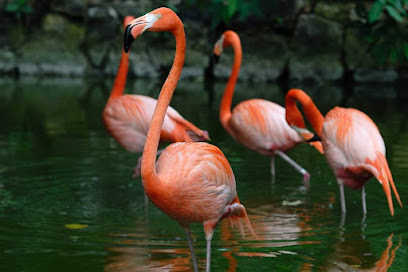
Unmissable attractions to see
Great Inagua Lighthouse
Explore the Great Inagua Lighthouse, a historic gem in the Bahamas, offering stunning views and a glimpse into maritime history.
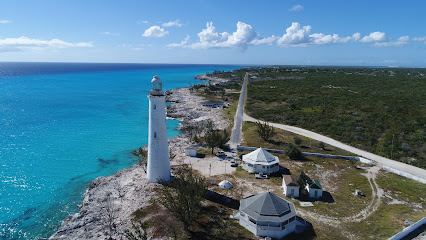
Bahamas National Trust Office
Explore the Bahamas National Trust Office to learn about the nation's conservation efforts and experience the rich biodiversity of the beautiful Bahamas.

Inagua National Park
Immerse yourself in the breathtaking landscapes and unique wildlife of Inagua National Park, the Bahamas' largest natural sanctuary.
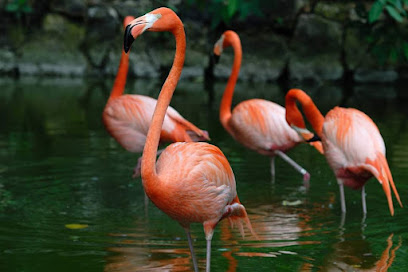
Farquharson Beach
Discover the tranquility and beauty of Farquharson Beach, a hidden gem in the Bahamas, perfect for relaxation and adventure enthusiasts alike.

Little Angintua National Park
Explore Little Angintua National Park, a hidden paradise in the Bahamas, featuring stunning landscapes, diverse wildlife, and adventurous trails.
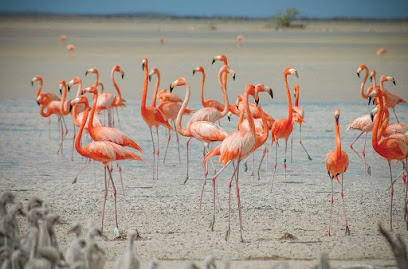
Kiwanis Park
Experience tranquility and natural beauty at Kiwanis Park in Matthew Town, the perfect destination for relaxation and outdoor fun.

Essential places to dine
Viola's bar and grill
Discover exquisite Bahamian cuisine at Viola's Bar and Grill on Paradise Island - where flavor meets paradise.

Seafire Steakhouse
Discover Seafire Steakhouse on Paradise Island - where exquisite steaks meet Bahamian charm in an unforgettable dining experience.

Poseidon’s Table
Experience culinary excellence at Poseidon’s Table, where diverse flavors meet paradise dining in Atlantis Resort.

The Swimming Pig Gastropub
Experience vibrant dining at The Swimming Pig Gastropub in Nassau – where local flavors meet tropical vibes in a lively atmosphere.
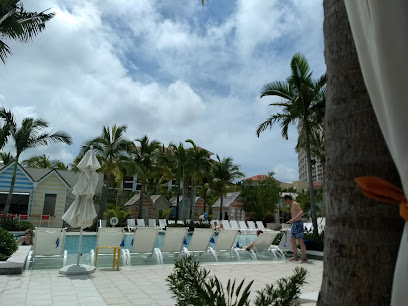
Goldie’s Conch House
Experience authentic Bahamian seafood at Goldie’s Conch House in Nassau - a culinary gem known for its fresh conch dishes and vibrant atmosphere.

Café Matisse
Discover Café Matisse in Nassau - where Bahamian flavors meet international cuisine in an artistic setting.
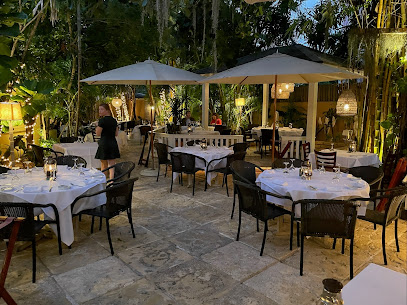
Fish by José Andrés
Experience exquisite seafood dining at Fish by José Andrés in Atlantis Paradise Island – where culinary artistry meets oceanic delight.
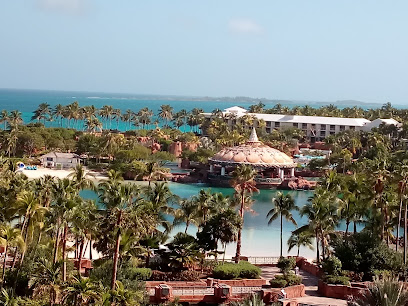
1648 - An Island Restaurant
Discover culinary excellence at 1648 - An Island Restaurant in Governor's Harbour; where fresh ingredients meet breathtaking ocean views.

Bahamian Cookin' Restaurant and Bar
Discover authentic Caribbean cuisine at Bahamian Cookin' Restaurant and Bar in Nassau—where every bite tells a story.
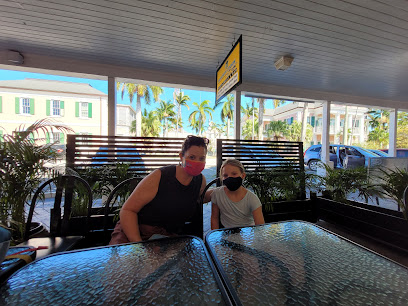
Café Martinique
Experience exquisite French cuisine at Café Martinique on Paradise Island - where elegance meets tropical charm.
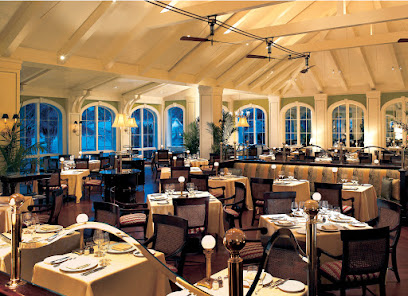
Acquapazza Wine Bar & Ristorante
Experience authentic Italian cuisine amidst breathtaking views at Acquapazza Wine Bar & Ristorante in Dunmore Town.

Tiny's Hurricane Hole
Experience Bahamian culinary delights at Tiny's Hurricane Hole - where great food meets stunning beach views.
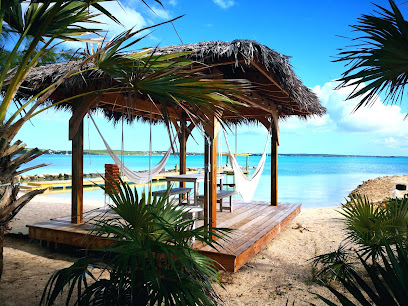
Island Brothers Cie
Discover authentic Bahamian cuisine at Island Brothers Cie in Nassau - where every meal tells a story.

Bimini Road
Explore Bimini Road - An Enigmatic Underwater Site with Stunning Marine Life Near Nassau.
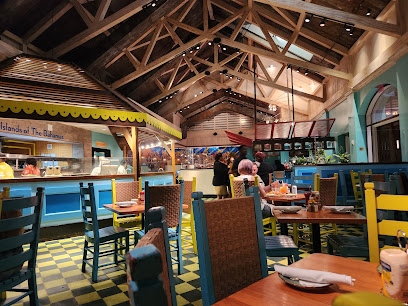
Lagoon Bar & Grill
Experience tropical dining at Lagoon Bar & Grill in Paradise Island, where local flavors meet stunning views in an inviting atmosphere.

Markets, malls and hidden boutiques
S Sin L
Experience the vibrant flavors of S Sin L in Matthew Town, where delicious grilled dishes meet Bahamian hospitality in a lively setting.
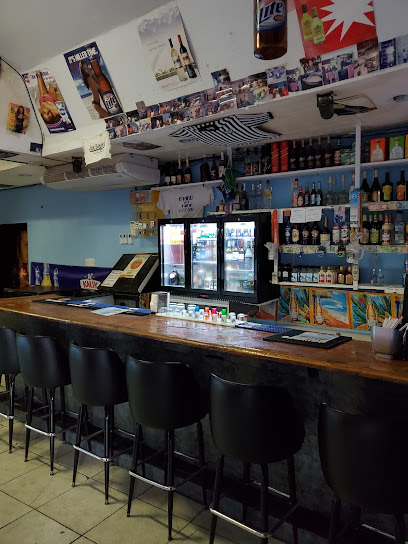
Inagua Islands
Explore the pristine charm of Inagua Islands, a hidden paradise in the Bahamas, renowned for its breathtaking landscapes and rich wildlife.
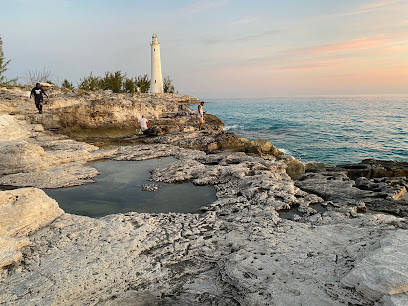
Cepigel
Experience authentic Bahamian flavors at Cepigel, a cozy restaurant in Matthew Town offering a delightful culinary journey.
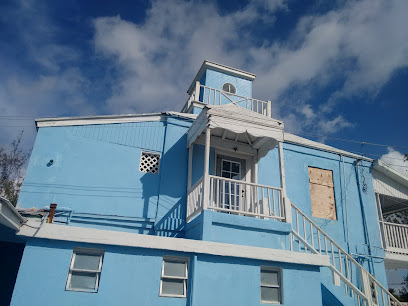
Anyee Bread Bakery
Experience the charm of Anyee Bread Bakery, where freshly baked delights meet local flavor in Matthew Town.
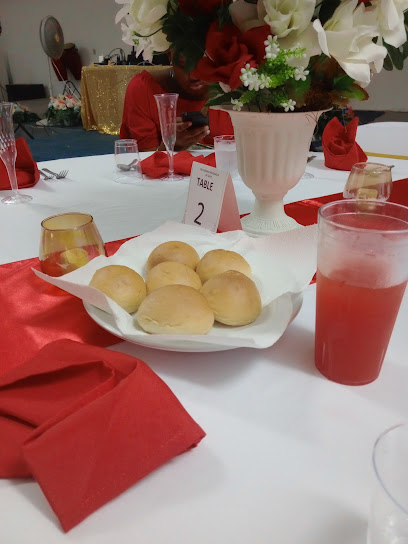
Morton Salt, Great Inagua
Explore the captivating blend of nature and industry at Morton Salt, Great Inagua, a unique destination in the Bahamas.
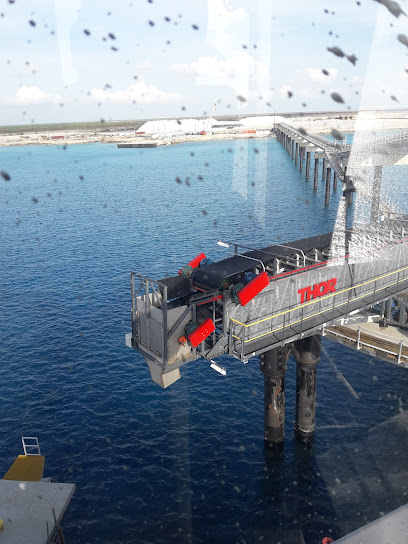
R & J Convenience Store
Discover local flavors and essentials at R & J Convenience Store in Matthew Town, the perfect stop for all your travel needs.
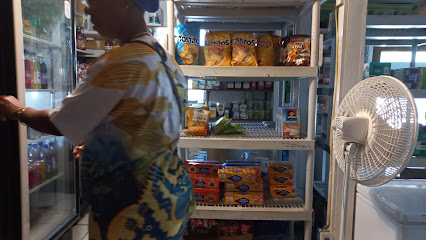
700 Wines and Spirits
700 Wines and Spirits in Matthew Town offers an exquisite selection of wines and spirits, catering to all tastes and preferences in a welcoming atmosphere.

Jp's Essential store & Fishing supplies
Explore Jp's Essential Store & Fishing Supplies in Matthew Town for all your fishing needs and expert advice in the beautiful Bahamas.
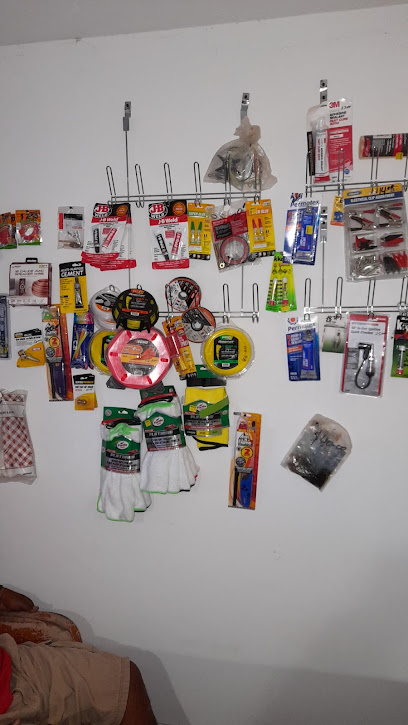
3K's Meat Mart
Discover quality meats and local flavors at 3K's Meat Mart in Matthew Town – a butcher shop that promises freshness and exceptional service.

Paradise Games (Inagua)
Discover the thrill of gaming and entertainment at Paradise Games, the premier casino in Matthew Town, Inagua.

Inagua General Store
Explore the local culture and stock up on essentials at Inagua General Store in Matthew Town, the heart of island life.
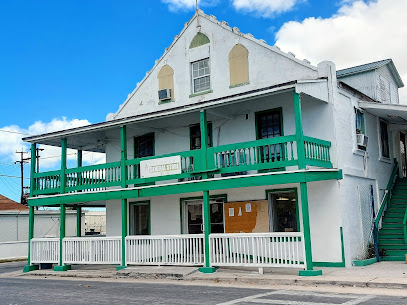
Budget Convenience Store
Uncover local flavors and essentials at Matthew Town's Budget Convenience Store, an affordable gem in the heart of the Bahamas.
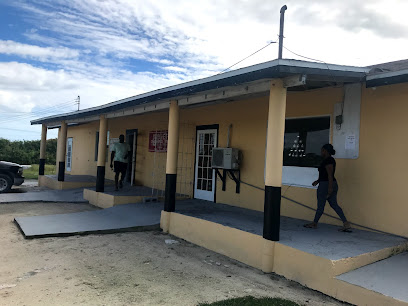
Inagua Customs and Immigration
Experience the welcoming spirit of the Bahamas at Inagua Customs and Immigration, your first step towards exploring this beautiful island paradise.

Heathers Variety Store
Discover the charm of Heathers Variety Store in Matthew Town, your one-stop shop for snacks, drinks, and local products during your Bahamian adventure.

Mathew Town General Store
Explore Mathew Town General Store for a taste of local flavors and authentic Caribbean goods, perfect for tourists looking to experience the Bahamas.

Essential bars & hidden hideouts
Tiny's Hurricane Hole
Experience authentic Bahamian flavors at Tiny's Hurricane Hole, where delicious grill dishes and a welcoming atmosphere await you.

S Sin L
Discover the flavors of the Bahamas at S Sin L, a top grill restaurant in Matthew Town with a vibrant atmosphere and delicious grilled specialties.
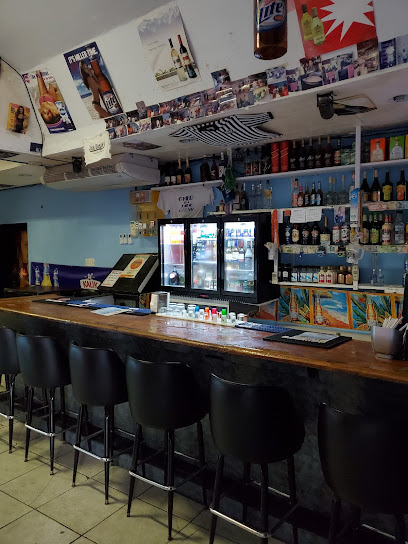
Enrica's Inn
Discover the tranquil beauty of Matthew Town at Enrica's Inn, your home away from home in the Bahamas, where comfort and hospitality await.

Inagua Islands
Explore the pristine landscapes and rich biodiversity of the Inagua Islands, a tranquil Bahamian paradise for nature enthusiasts and adventurers.
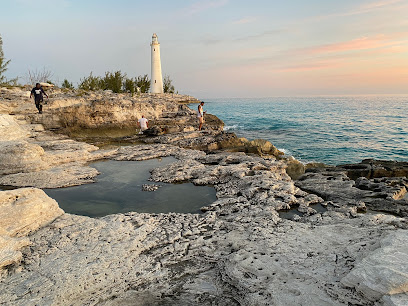
Lighthouse Restaurant Bar & Grill
Experience exquisite seafood and vibrant atmosphere at Lighthouse Restaurant Bar & Grill in Matthew Town, the perfect dining destination for travelers.
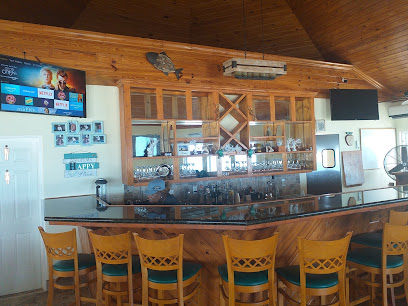
Cepigel
Discover the vibrant flavors of Bahamian cuisine at Cepigel, a charming restaurant in Matthew Town, perfect for food lovers and tourists alike.
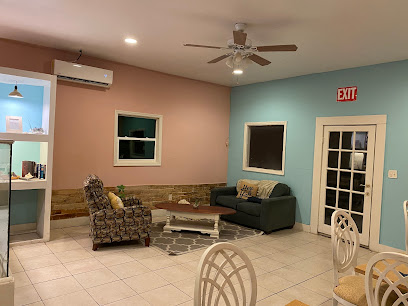
Red Knot Manor
Discover the charm and tranquility of Red Knot Manor, a guest house oasis nestled in Matthew Town, perfect for a peaceful Bahamian getaway.

Shanya's
Discover Shanya's in Matthew Town, a culinary jewel offering an exquisite blend of Caribbean and international cuisine, perfect for every food lover.

Paradise Games (Inagua)
Dive into the excitement of Paradise Games in Inagua, where thrilling gaming meets vibrant local culture, creating unforgettable experiences.

Afterwork Bar & Restaurant
Discover the vibrant Afterwork Bar & Restaurant in Matthew Town, a perfect blend of great drinks, delicious food, and lively ambiance.
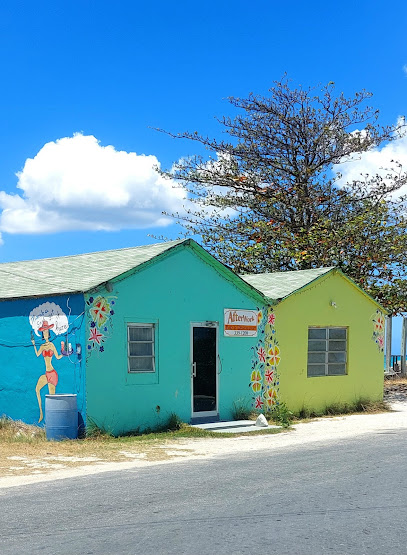
Top Notch Bar and Lounge
Experience the vibrant nightlife and friendly atmosphere at Top Notch Bar and Lounge in Matthew Town, the perfect spot to unwind and socialize.
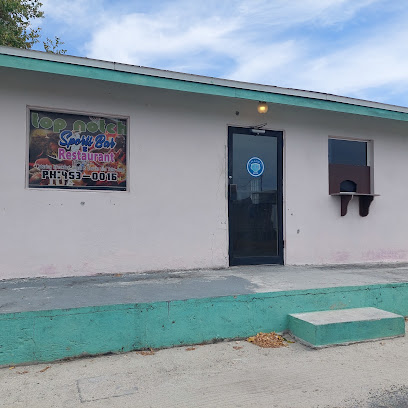
Tiki Bar
Experience the vibrant spirit of the Bahamas at Tiki Bar in Matthew Town, where tropical drinks and lively entertainment await.
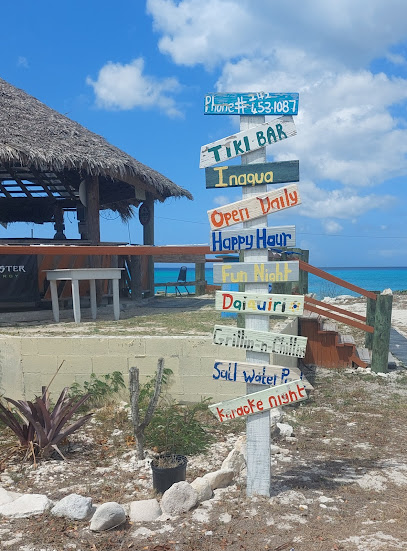
Yes Boii Grill
Experience the best of local grilling at Yes Boii Grill, where flavor meets a friendly atmosphere in Matthew Town.

Local Phrases about Inagua Islands
-
- HelloHey
[Hey] - GoodbyeGoodbye
[Goodbye] - YesYeah
[Yeah] - NoNo
[No] - Please/You're welcomePlease/You're welcome
[Please/You're welcome] - Thank youThank you
[Thank you] - Excuse me/SorryExcuse me/Sorry
[Excuse me/Sorry] - How are you?How you doin?
[How you doin?] - Fine. And you?Fine. An you?
[Fine. An you?] - Do you speak English?Ya speak English?
[Ya speak English?] - I don't understandI don't get it
[I don't get it]
- HelloHey
-
- I'd like to see the menu, pleaseLemme see da menu, please
[Lemme see da menu, please] - I don't eat meatI don't eat meat
[I don't eat meat] - Cheers!Cheers!
[Cheers!] - I would like to pay, pleaseI wan pay, please
[I wan pay, please]
- I'd like to see the menu, pleaseLemme see da menu, please
-
- Help!Help!
[Help!] - Go away!Go way!
[Go way!] - Call the Police!Call da Police!
[Call da Police!] - Call a doctor!Call a doctor!
[Call a doctor!] - I'm lostI lost
[I lost] - I'm illI sick
[I sick]
- Help!Help!
-
- I'd like to buy...I wan buy...
[I wan buy...] - I'm just lookingI jus lookin
[I jus lookin] - How much is it?How much dis is?
[How much dis is?] - That's too expensiveDat too much
[Dat too much] - Can you lower the price?Can ya drop da price?
[Can ya drop da price?]
- I'd like to buy...I wan buy...
-
- What time is it?Wa time it be?
[Wa time it be?] - It's one o'clockIt one o'clock
[It one o'clock] - Half past (10)Half past (10)
[Half past (10)] - MorningMornin
[Mornin] - AfternoonAfternoon
[Afternoon] - EveningEvenin
[Evenin] - YesterdayYestadey
[Yestadey] - TodayToday
[Today] - TomorrowTomara
[Tomara] - 11
[1] - 22
[2] - 33
[3] - 44
[4] - 55
[5] - 66
[6] - 77
[7] - 88
[8] - 99
[9] - 1010
[10]
- What time is it?Wa time it be?
-
- Where's a/the...?Where dat...?
[Where dat...?] - What's the address?Wat be da address?
[Wat be da address?] - Can you show me (on the map)?Can ya show me (on da map)?
[Can ya show me (on da map)?] - When's the next (bus)?When da next (bus) be?
[When da next (bus) be?] - A ticket (to ....)A ticket (to ....)
[A ticket (to ....)]
- Where's a/the...?Where dat...?
History of Inagua Islands
-
Before the arrival of Europeans, the Inagua Islands were inhabited by the Lucayan people. This indigenous group, part of the larger Arawak cultural sphere, lived in harmony with nature and utilized the islands' resources for fishing, farming, and crafting tools and pottery. Archaeological evidence of their presence includes shell middens and artifacts such as pottery shards.
-
The first recorded European to sight the Inagua Islands was Christopher Columbus during his first voyage to the New World in 1492. However, it wasn't until the late 16th and early 17th centuries that the islands became points of interest for European explorers and settlers. The strategic location of the islands made them a valuable point for navigation and trade routes.
-
During the late 17th and early 18th centuries, the Inagua Islands became a haven for pirates. The remote location and natural harbors provided an ideal base for notorious pirates like Edward Teach, better known as Blackbeard, and the infamous pirate Anne Bonny. This era left a legacy of legends and lore that still captivates visitors today.
-
In the 19th century, the Inagua Islands became an important hub for the salt industry. The natural salt ponds on Great Inagua Island were harvested and exported to markets across the Americas and Europe. The establishment of the salt industry brought economic growth and led to the development of infrastructure on the islands. The remnants of salt pans and historic buildings can still be seen today.
-
Great Inagua Island is home to the third largest breeding colony of West Indian Flamingos. In the mid-20th century, conservation efforts were initiated to protect this iconic species and their habitat. The Bahamas National Trust established the Inagua National Park in 1965, which spans over 183,740 acres and includes vital wetlands and ecosystems. This has made the island a crucial site for birdwatchers and environmentalists.
-
Today, the Inagua Islands are known for their pristine natural beauty and rich cultural heritage. Matthew Town, the main settlement on Great Inagua Island, provides a glimpse into the colonial past with its historic buildings and salt industry relics. The islands continue to be a key location for salt production, while also promoting eco-tourism and wildlife conservation. Visitors can explore the unique blend of history, culture, and natural wonders that define the Inagua Islands.
Inagua Islands Essentials
-
The Inagua Islands are located in the southernmost part of The Bahamas. The main gateway to the islands is via the Matthew Town Airport (IGA) on Great Inagua. There are regular flights from Nassau and other major Bahamian islands operated by Bahamasair. For those traveling from outside The Bahamas, you will need to first fly into Nassau's Lynden Pindling International Airport (NAS) and then catch a connecting flight. Additionally, private charters can be arranged for a more direct route. There is also a port in Matthew Town for those arriving by private boat or yacht.
-
Transportation options on the Inagua Islands are limited. The most common way to get around is by renting a car or a bicycle. Car rentals are available in Matthew Town, and it's advisable to book in advance, especially during peak tourist seasons. Bicycles can be a great way to explore the island at a leisurely pace. There are no public buses, but taxis are available and can be hired for short trips or island tours. Remember that driving is on the left side of the road.
-
The official currency of The Bahamas is the Bahamian Dollar (BSD), which is pegged 1:1 to the US Dollar (USD). Both currencies are widely accepted on the Inagua Islands. Credit and debit cards are accepted in most hotels, restaurants, and shops, but it's wise to carry some cash for smaller establishments and tips. ATMs are available in Matthew Town, but they may not always be reliable, so plan accordingly.
-
The Inagua Islands are generally considered safe for tourists. However, standard travel precautions should always be taken. Avoid walking alone at night, especially in isolated areas, and keep your belongings secure. There are no specific high-crime areas targeting tourists, but it is always wise to stay vigilant and aware of your surroundings. It's also advisable to lock your car and not leave valuables unattended on the beach.
-
In case of an emergency, dial 911 for immediate assistance. The local clinic in Matthew Town handles most medical issues, but for serious emergencies, air evacuation to Nassau or another major island may be necessary. It is strongly recommended to have travel insurance that covers medical emergencies and evacuation. For minor health concerns, there are pharmacies in Matthew Town where you can purchase over-the-counter medications.
-
Fashion: Do wear lightweight and breathable clothing suitable for a tropical climate. Don’t wear overly revealing attire in public areas. Religion: Do respect local religious customs and dress modestly when visiting churches. Public Transport: Do be courteous and respectful to taxi drivers. Don’t expect public buses as they are not available. Greetings: Do greet people with a friendly 'hello' or 'good day.' A handshake is also common. Eating & Drinking: Do try local dishes such as conch fritters and fresh seafood. Don’t refuse hospitality, as it is considered impolite.
-
To experience the Inagua Islands like a local, visit the local markets and interact with the fishermen who can share fascinating stories about life on the island. Don't miss the chance to see the famous Inagua National Park, home to the largest breeding colony of West Indian flamingos. For a unique experience, join a guided bird-watching tour or a salt production tour to learn about the island's history and industry.
Nearby Cities to Inagua Islands
-
Things To Do in Grace Bay
-
Things To Do in Pine Cay
-
Things To Do in Parrot Cay
-
Things To Do in North Caicos
-
Things To Do in Middle Caicos
-
Things To Do in Cap-Haïtien
-
Things To Do in Gonaïves
-
Things To Do in South Caicos
-
Things To Do in Salt Cay
-
Things To Do in Saint-Marc
-
Things To Do in Cockburn Town
-
Things To Do in Grand Turk
-
Things To Do in Hinche
-
Things To Do in Jérémie
-
Things To Do in Port-au-Prince

